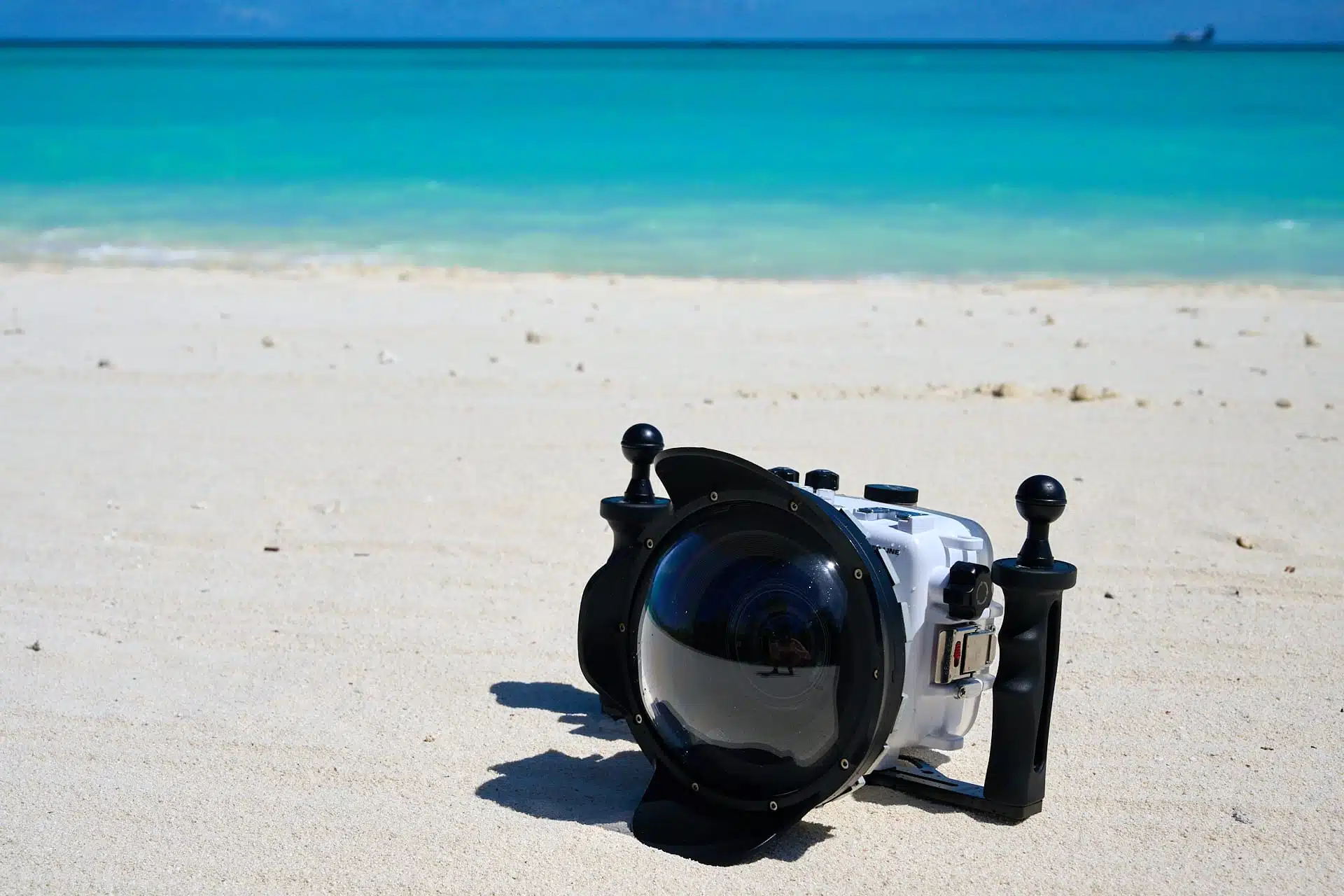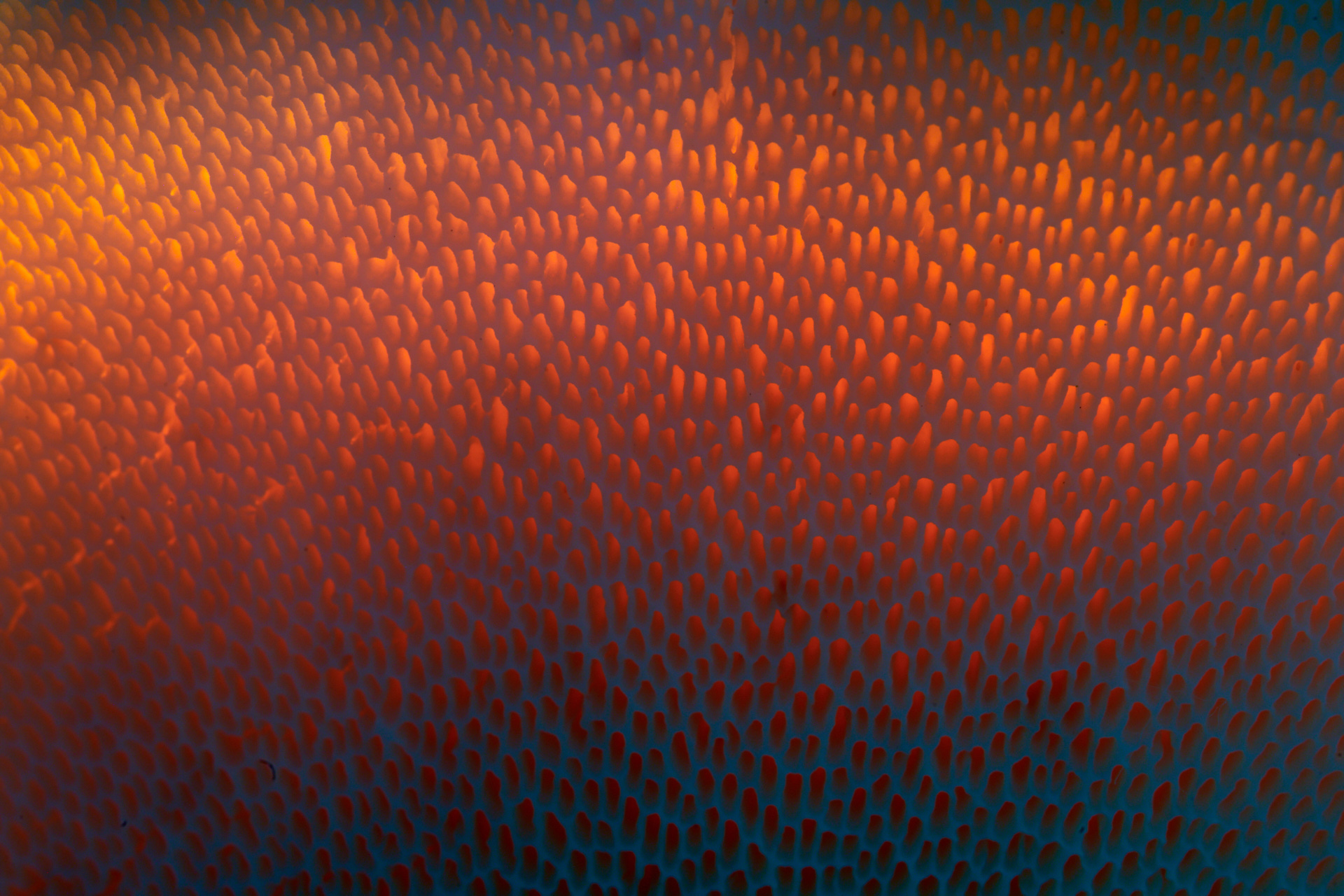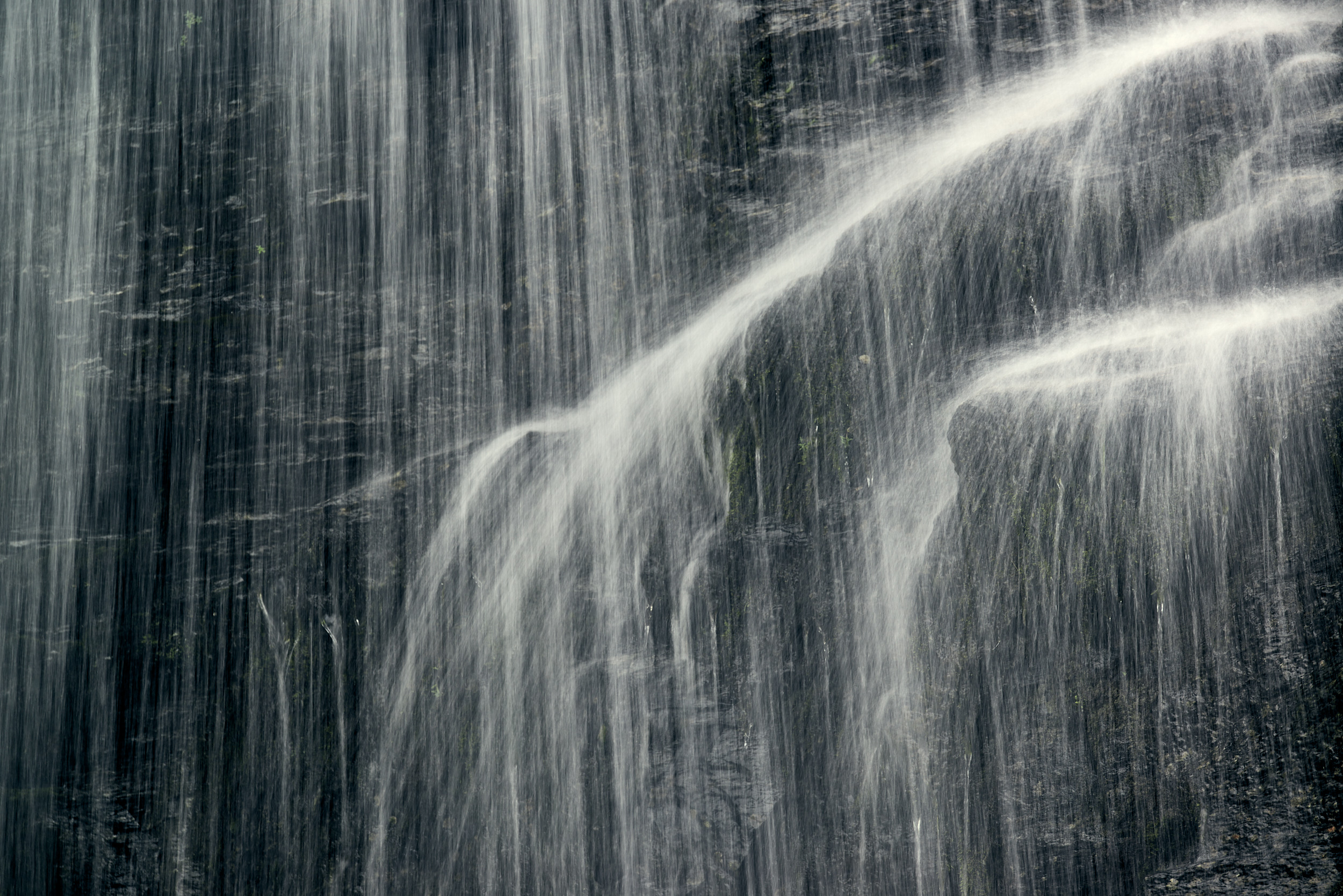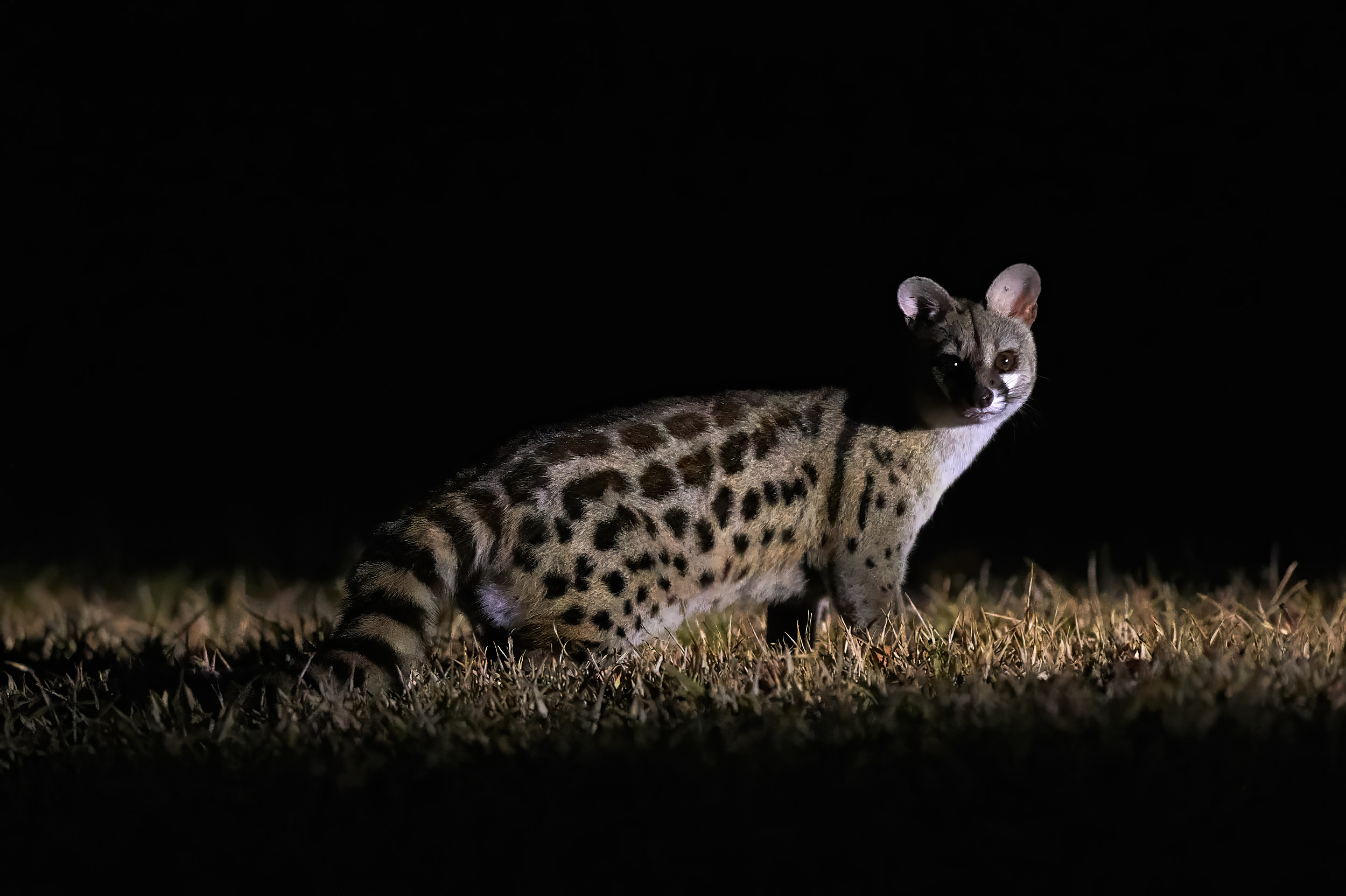When I first held the Saltedline underwater housing for my Sony A6300 in my hands, I was skeptical. Can a housing for just under 900 euros really do what much more expensive models promise? After months of testing in various bodies of water, I can say that it can do more than I expected.
The housing is waterproof up to 195 feet (60 meters) and has a five-stage water protection system with an integrated moisture sensor. These technical specifications sound impressive on paper, but it’s the practical experience that counts. I tested the housing in the waves of the Maldives, on dives in Hondurasal and on challenging freshwater shoots in Germany – and it didn’t disappoint.
I find the interchangeable port system particularly practical, which allows various Sony lenses such as the 10-18mm and 16-50mm. Weighing only 1.396 kg, it is light enough for longer underwater sessions, but robust enough for rougher conditions. The built-in vacuum pump port was initially just a nice extra for me – until I experienced how reassuring that extra leak test can be before a dive when expensive gear is on the line.
Whether the Salted Line housing really delivers what it promises, which camera settings deliver the best results underwater and where the limits lie – I tested all of this in detail in the Maldives. Spoiler: It’s not perfect, but for the price it’s a real alternative to significantly more expensive models.
Sony A6300 and Salted Line housing at a glance
When developing the Salted Line underwater housings, the focus was on one goal: to create high-quality yet affordable solutions for mirrorless cameras. The third generation of these housings, which has been on the market since December 2019, is aimed specifically at owners of the Sony A6xxx series and impresses with an impressive combination of functionality and price.
Compatibility with A6000-A6500 models
The Salted Line underwater housing was designed as a universal solution for several camera models. It is fully compatible with the Sony A6000, A6100, A6300, A6400 and A6500 cameras. This versatility means that photographers can continue to use the same housing even when upgrading cameras within this series. However, it does not work with the newer A6600 and A6700 models.
Interestingly, the Salted Line housings are factory set up for use with the A6300, A6400 and A6500 models. However, those who own an A6000 simply need to install the included A6000 camera insert kit to customize some of the internal control buttons. This is a thoughtful solution, as the cameras have similar but not identical dimensions – for example, the A6300 is almost 2mm deeper than the A6000.
Despite these minor differences, the housing offers full access to all camera functions on any compatible Sony camera. This is particularly valuable for the Sony A6300, which is ideal for underwater photography with its 24 megapixel sensor, fast autofocus system and high-speed continuous shooting.
Why Salted Line for underwater photography?
The Salted Line housing offers several compelling advantages for underwater photographers. First, it is designed for depths up to 60 meters (195 feet), which is more than sufficient for most dives. The third generation also features an improved sealing system with double O-rings on the front and back plates and stainless steel latches with a red locking pin.
The following functions are particularly noteworthy:
- Built-in humidity sensor with light and sound alarm
- Connection for a vacuum pump system for additional safety
- High-quality optical viewfinder for precise image composition
- Interchangeable port system for different lenses
- Zoom control for 10-18mm and 16-50mm lenses
- Reinforced metal base plate for better force distribution
The pricing is another convincing point: the basic model with standard connection is available for around €247. For more demanding applications, there are packages with additional accessories such as the detachable aluminum pistol grip (from €399) or various dome ports (from €363).
Compared to other underwater housings, Salted Line is surprisingly affordable. The manufacturers have deliberately focused on the Sony A6000 series, as its technical features make it the ideal platform for underwater photography.
In addition, particular emphasis was placed on robustness. The housings are tested for vacuum tightness and functionality before shipping. The company also clearly sets itself apart from cheaper alternatives: Unlike regular Seafrogs housings, the Salted Line has an interchangeable connection system and an optical viewfinder, while maintaining higher quality standards.
Although the housing was originally developed for surfing and underwater photography, its versatile configuration options make it suitable for almost any type of water activity. With the right lens-port combination and the appropriate Sony A6300 settings, impressive underwater shots can be achieved.
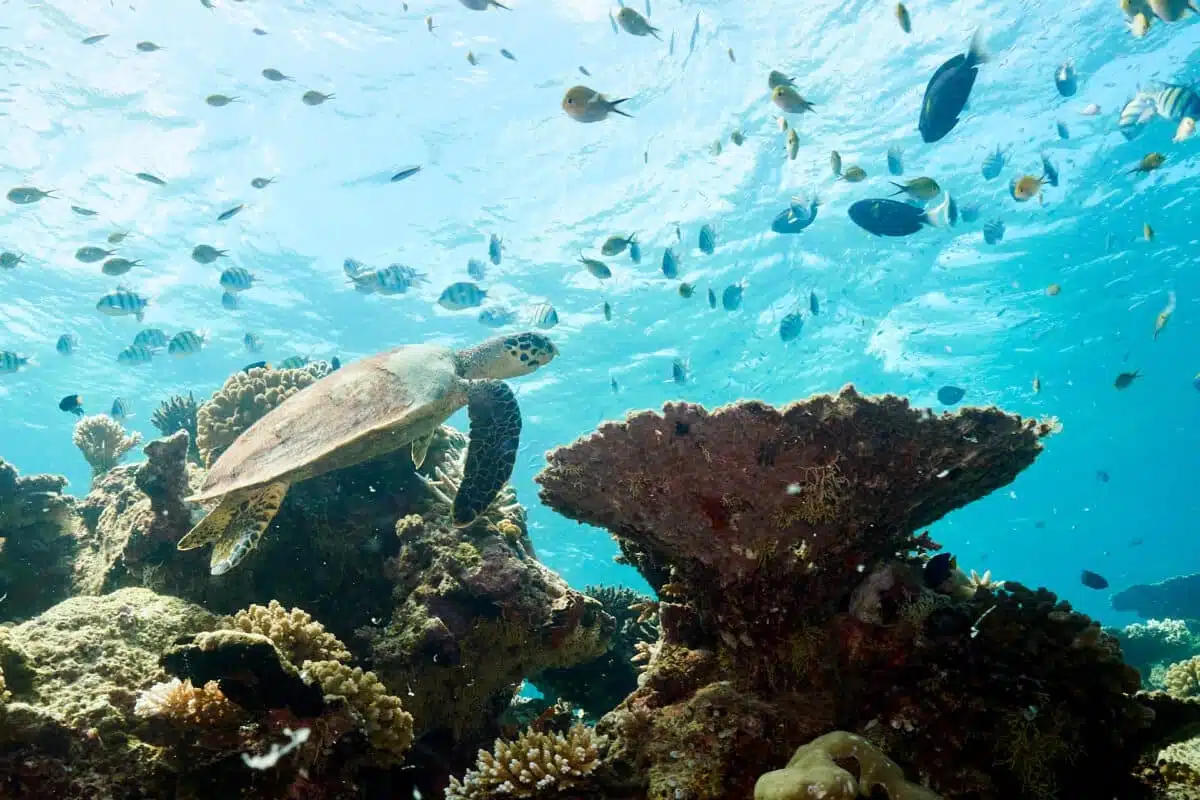
Housing functions in detail: What does Salted Line offer?
The technical specifications of the Salted Line underwater housing deserve a closer look, as the sophisticated design for professional underwater use is evident here. With a total weight of around 1356 grams, the housing offers a surprisingly light yet robust solution for the Sony A6300 and its sister models.
Material and processing
The main housing is made of high-quality polycarbonate, which is both lightweight and shock-resistant. The dimensions of 20 cm wide, 15 cm high and 18 cm long make it compact enough for comfortable handling under water. The reinforced metal base plate is particularly well thought-out, providing additional stability and optimizing force distribution when attaching accessories.
The double-sided metal hinge locking mechanism ensures secure closure of the housing and prevents unintentional opening during the dive. All controls are precisely shaped and offer good tactile feedback despite the waterproof construction, which is particularly advantageous when diving with gloves.
The standard port is made of multi-coated optical glass, which ensures excellent image quality even in difficult lighting conditions under water. In addition, the housing has two 1/4-inch threaded holes for mounting accessories such as flash arms or handles.
Water depth and sealing system
The Salted Line housing is designed for a maximum water depth of 60 meters (195 feet), making it suitable for almost all recreational dives and even technical diving. Impressive is the five-stage water leak protection system, which offers exceptional safety:
- A traditional 3 mm O-ring perimeter seal as the primary barrier
- A built-in humidity sensor with alarm on the underside of the housing
- The special metal hinge locking mechanism already mentioned
- A strict quality control system in which each housing is subjected to a 7 ATM pressure test (equivalent to a depth of around 60 meters) for 30 minutes
- An optional vacuum pump system (VPS-100) for additional leak testing
The VPS-100 system is particularly innovative with its green/red LED display. After around 15-30 pumping processes, the LED changes from red to green, indicating that a vacuum has been created in the housing. If the LED remains green after 15 minutes, this confirms the tightness of the housing.
Access to camera control
Almost all the important controls of the Sony A6300 are within easy reach:
- ON/OFF switch
- Trigger
- Mode selection wheel
- Rotary control
- Flash button
- MENU button
- AF/MF and AEL
- Magnification button
- Video recording button
- FN button
- Control wheel and center button
- C1, C2 and C3/delete buttons
- Play button
The manual zoom control for the Sony E 10-18mm and E 16-50mm works via a lever mechanism. This is practical, as changing position under water is much more complicated than on land.
Optical viewfinder and LCD use
The optical viewfinder proves to be more useful than expected. In strong sunlight on the surface of the water, the LCD display is often difficult to read – this is where the viewfinder comes in handy for precise image composition. This function is particularly useful for surfing shots, where quick reactions are required.
The LCD display remains fully accessible and the glass panel on the back clearly shows all displays. The optional sun protection significantly reduces annoying reflections.
Port system and lens compatibility
The interchangeable port system was the decisive reason why I chose the Salted Line housing. Unlike cheaper alternatives, I don’t have to buy a new housing for every lens – a huge advantage for someone who likes to experiment with different focal lengths.
Standard Flat Port: Compatible lenses
I was pleasantly surprised by the standard flat mount made of multi-coated optical glass that comes with the camera. The compatibility with my Sony E-mount lenses is impressive:
- Sony E 10-18mm f4 OSS (autofocus, manual zoom available)
- Sony E 16-50mm f3.5-5.6 PZ OSS (autofocus, manual zoom available)
- Sony E 18-55mm f3.5-5.6 OSS (autofocus only)
- Sony E 20mm F2.8, E 30mm f3.5 Macro, E 35mm f1.8 OSS (autofocus only in each case)
- Sony FE 28mm f2 and E 50mm f1.8 OSS (autofocus only)
- Sigma lenses: 19mm f2.8 DN Art, 30mm f1.4 DC DN, 30mm f2.8 EX DN and 60mm f2.8 DN Art (all autofocus only)
- Samyang 12mm F2 NCS CS (without manual focus or aperture control)
I particularly like using the Sony 10-18mm because the manual zoom offers real flexibility underwater.
There is a specialized port with a 67mm thread for macro shots. This can be used up to 40 meters and works e.g. with the Sony FE 90mm f/2.8 Macro – but I haven’t tried it yet…
Dome ports: For wide-angle shots
The special dome ports are essential for wide-angle shots under water. Salted Line offers the 6-inch Optical Glass Dry Dome Port for this purpose. This is made of 7 mm thick, optically correct glass, which ensures clear, distortion-free images and can be used up to a depth of 60 meters.
I use the 6-inch acrylic dome port and am happy with it – even though it scratches easily and you have to be very careful.
The dome port considerably extends the lens compatibility and can be used with numerous other lenses:
- Sony E 16-70mm F4 ZA OSS (autofocus only)
- Sony FE 28-70mm F3.5-5.6 OSS (autofocus only)
- Sony FE 24-70mm F4 ZA OSS (autofocus only)
- Sony FE 16-35mm F4 ZA OSS (autofocus only)
- Sony E 24mm F1.8 ZA and other prime lenses
- Sigma 16mm F1.4 DC DN for Sony E-mount (autofocus only)
- Rokinon/Samyang 8mm F3.5 UMC Fish-Eye CS II (focus fixed to infinity)
An 8-inch Wide Angle Dry Dome Port is also available for even more extreme wide-angle shots. With a magnification of 0.7x underwater, this port enables particularly impressive underwater images with minimal distortion. It is ideal for capturing large underwater scenes such as coral reefs or wrecks.
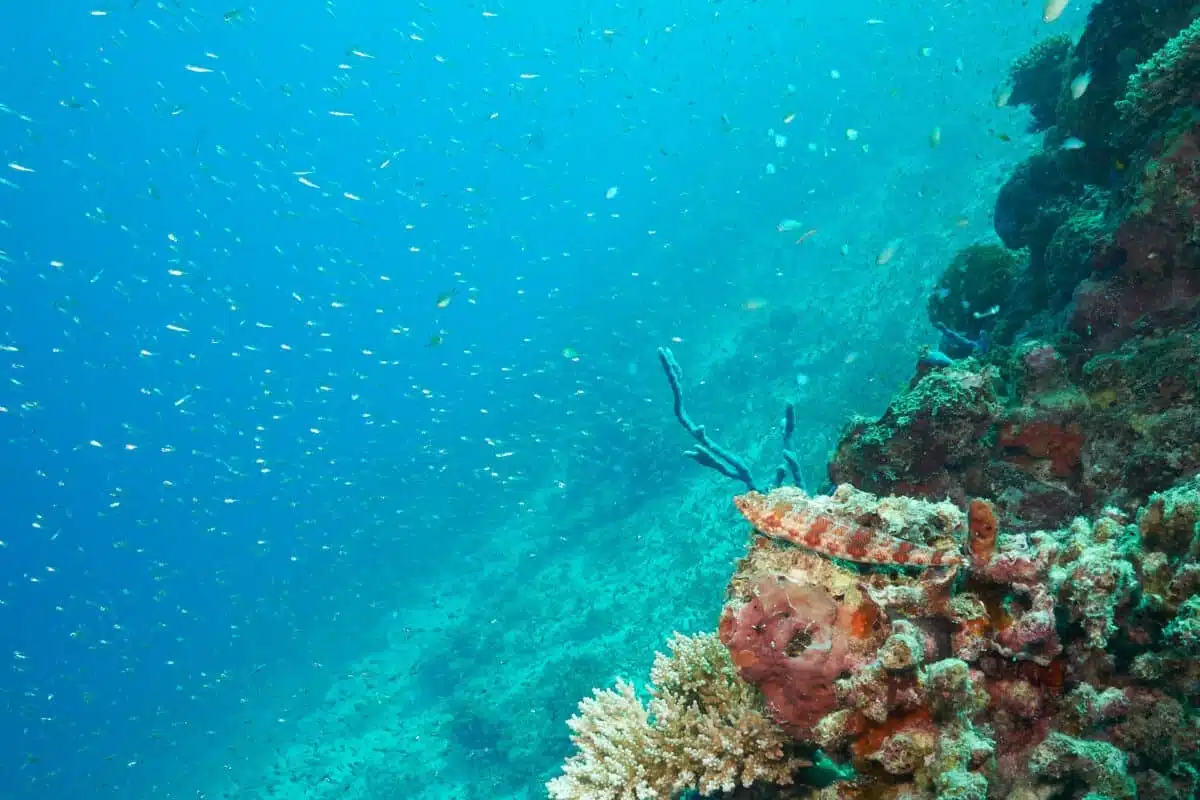
Change mechanism and handling
The changing mechanism is designed to be robust and reliable. The ports are fastened with a bayonet-like system and secured with a retaining ring. This design ensures absolute tightness even at great depths. To change a port, the housing must be opened – I recommend doing this in a clean, dry environment before the dive.
When handling the ports, it should be noted that most lenses in the underwater housing can only be used in autofocus mode. Manual focus is only possible with a few combinations. However, manual zoom is available with some zoom lenses such as the Sony 10-18mm and 16-50mm – a valuable feature for precise image compositions under water.
Accessories and extensions for more flexibility
The basic housing is just the beginning. After months of testing various accessories, I can say that some add-ons are worth the money, others are not. Salted Line’s accessory ecosystem is more sophisticated than expected – but not everything is useful for every application.
Aluminum tray with handles
I underestimated the lightweight double-handle model with a length of 28 cm, a height of 19 cm and a weight of only 524 grams. This universal mounting plate transforms the housing into a stable platform for underwater shots. Especially for macro shots, where every little movement is disruptive, the two handles offer much better control than the housing alone.
Prices vary between €57 for simple models and €209 for versions with 1-inch ball head attachments. For photographers who work with flash units or video lights, the additional mounting points are practically indispensable. Without flashes you can do without the tray – with lighting it becomes a necessity.
Vacuum pump system for leak testing
The VPS-100 vacuum pump system for around 107€ was my best accessory investment. After 15-30 pumping cycles, the LED indicator changes from red to green and confirms the vacuum. If it remains green after 15 minutes, the housing is sealed. This peace of mind before a dive with expensive equipment is priceless.
The second advantage was unexpected: The vacuum prevents misting inside the housing. This is a frequent problem, especially when the temperature changes between warm water and cool air, and is virtually eliminated with the system.
Flash connections and GoPro mount
The two transparent optical cable connections on the top allow external flash units. Works reliably, but the cables are an additional expense during transportation.
The GoPro mount adapter for the cold shoe is a nice extra for videographers who want to take still images and videos at the same time. The 8 cm version fits all housing configurations. Practical, but not essential – unless you really need both types of recording at the same time.
Practical test under water: operation and performance
The first underwater tests with the Salted Line housing were a mixture of enthusiasm and nasty surprises.
Balance and buoyancy with accessories
The first jump into the water revealed a problem: the housing has a noticeable inherent buoyancy. This was manageable when taking photos, but it quickly became annoying when filming underwater. The housing constantly wanted to float upwards, which made shake-free shots almost impossible. Another user confirmed my experience and had to attach a 250g weight to the housing to compensate for the buoyancy. After this adjustment, the housing was much more stable in the hand.
The aluminum tray with double handles solved the problem more elegantly. The additional handles not only gave me better control, but also provided additional balance under water. This allowed me to work more precisely when taking macro shots. For surf shots, the pistol grip proved unbeatable – even when waves were crashing against me, I kept control of the camera.
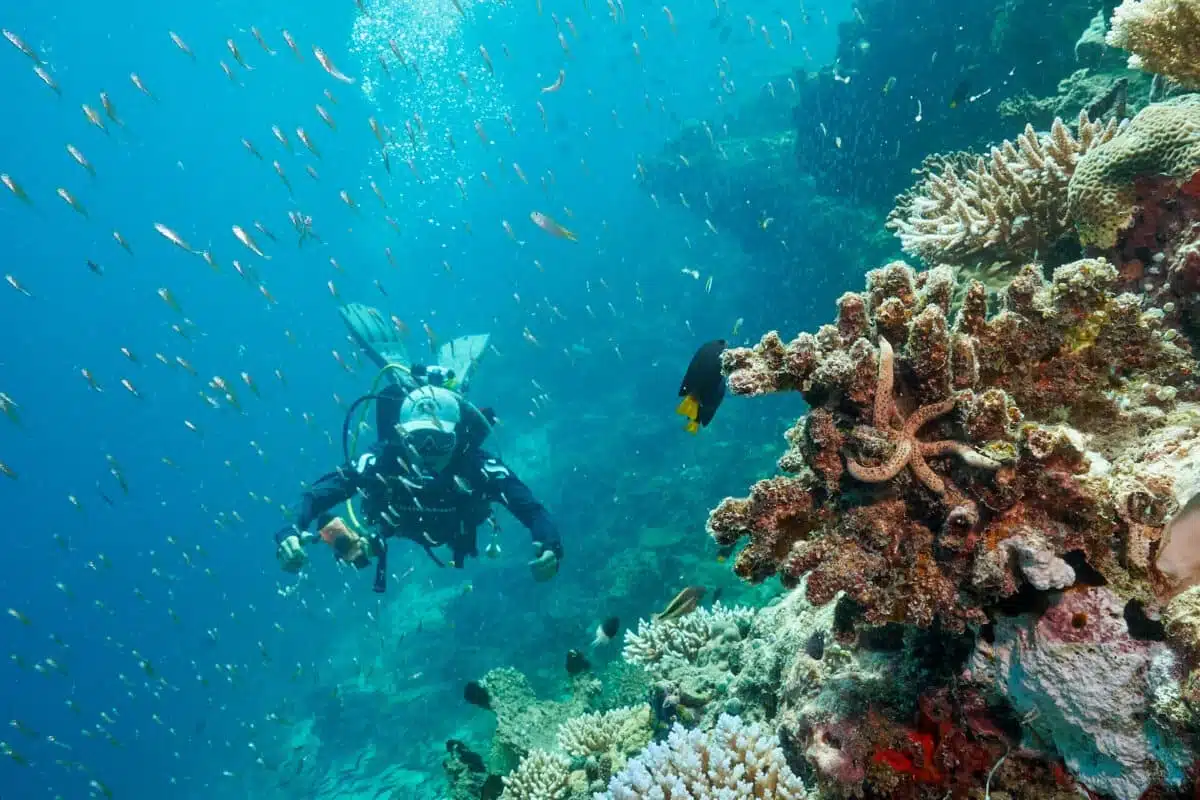
Setup and mounting on tray
Preparation is crucial and does not tolerate any sloppiness. After closing the housing, I submerge it completely under water and press every single button. It sounds pedantic, but this is how I remove trapped air and at the same time test whether all the O-rings are properly seated.
If you want to be on the safe side, do a 30-minute test without a camera. I followed this advice after a photographer friend told me about his expensive total loss. The VPS-100 vacuum pump system provides additional safety – after 15-30 pumping processes, the LED changes from red to green. If it stays green, everything is tight.
Experience in diving and surfing
Up to a depth of 20m, the housing has worked perfectly for me so far. The controls respond reliably, but require noticeably more force than on the surface. When wearing gloves while diving, this becomes a challenge – this is where the precise design of the buttons pays off.
My preferred camera settings have emerged from the tests: Shutter priority with at least 1/60 second, preferably much faster. Continuous autofocus with continuous shooting delivers the best results with moving subjects. The automatic ISO setting usually selects the largest aperture at a fixed shutter speed and the lowest ISO value required.
Thorough maintenance is mandatory after every use. Fresh water rinsing, O-ring cleaning and sparing application of silicone grease are crucial for longevity. If you skimp here, you’ll pay for it later – I’ve learned that from my own wallet.
Conclusion
For me as a dedicated but not full-time underwater photographer, the Salted Line housing is a really successful solution. It offers a strong overall package of stability, functionality and flexibility – without breaking the budget. Of course, there are more professional systems with higher workmanship, even more precise operability and more customization, but these are often priced in the range of a small car.
What particularly impressed me was the possibility of using different ports and lenses, the vacuum pump system for checking the tightness and the well thought-out operation, even with gloves under water. Even if some details – such as the strong buoyancy or the limited manual control with some lenses – show potential for optimization, the price-performance ratio remains exceptionally good.
If you work with a Sony A6000 series camera and regularly go diving or surfing, the Salted Line housing is a well thought-out, robust and expandable solution that copes well even in rough conditions. For me, the investment was worth it – and I look forward to many more underwater missions.

